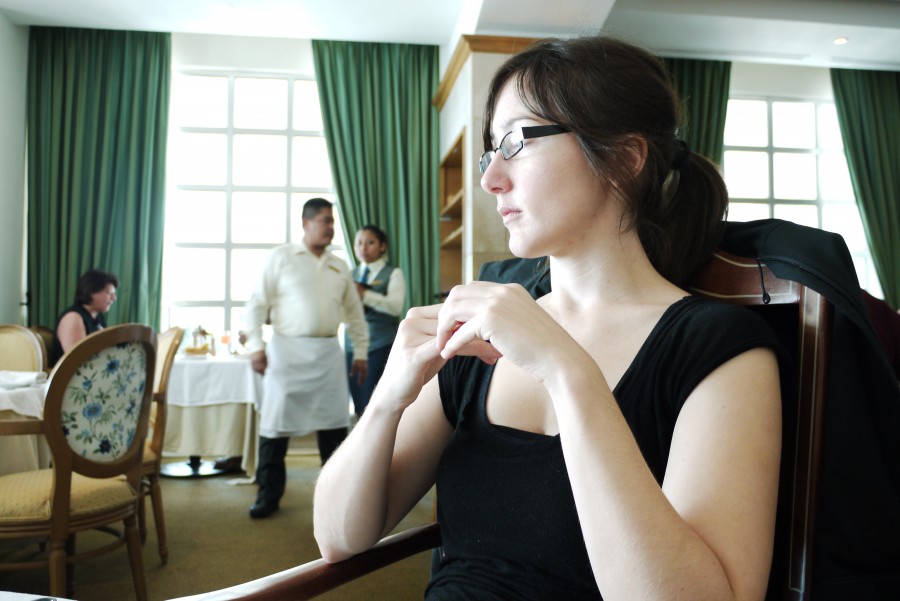Hearing is more complex than just the mechanics of our ears. What we hear and how we hear is mediated by culture, ethics, psychological history, and our neurobiological make-up. Quickly, through hearing, we can access what is intriguing, safe, inviting, dangerous, and reasonable. We are hardwired to make split second decisions based on our ability to interpret information acquired through hearing. The success of our species is no doubt partially due to this kind of neurobiological relay.

Let’s take a moment and analyze hearing. Physical hearing is the pressure of airwaves on our eardrums, but it is as instinctual as it is corporeal. The ability to detect external sounds involves a bodily interaction with the world that is both conceptual and physical. Conceptual hearing exists internally; it is a private process where imagination, intuition, and intellect dialogue. Unlike physical hearing, ideology and our psychology frame our interpretation of sound – this is what differentiates conceptual hearing. So what we physically hear and what we internally or conceptually hear are not always the same things. Complex associations develop whenever physical hearing blends with conceptual hearing. Suddenly a voice within the sound calls to us. This phenomenological distinction between the two types of hearing, however, does not diminish the affect of the heard voice on the listener. Auditory perception is further complicated by the fact that we often hear things that we don’t see. Ephemeral and temporal, unless the sound we hear registers as close, we often perceive sound as neither here nor there but everywhere.
Leave a Reply